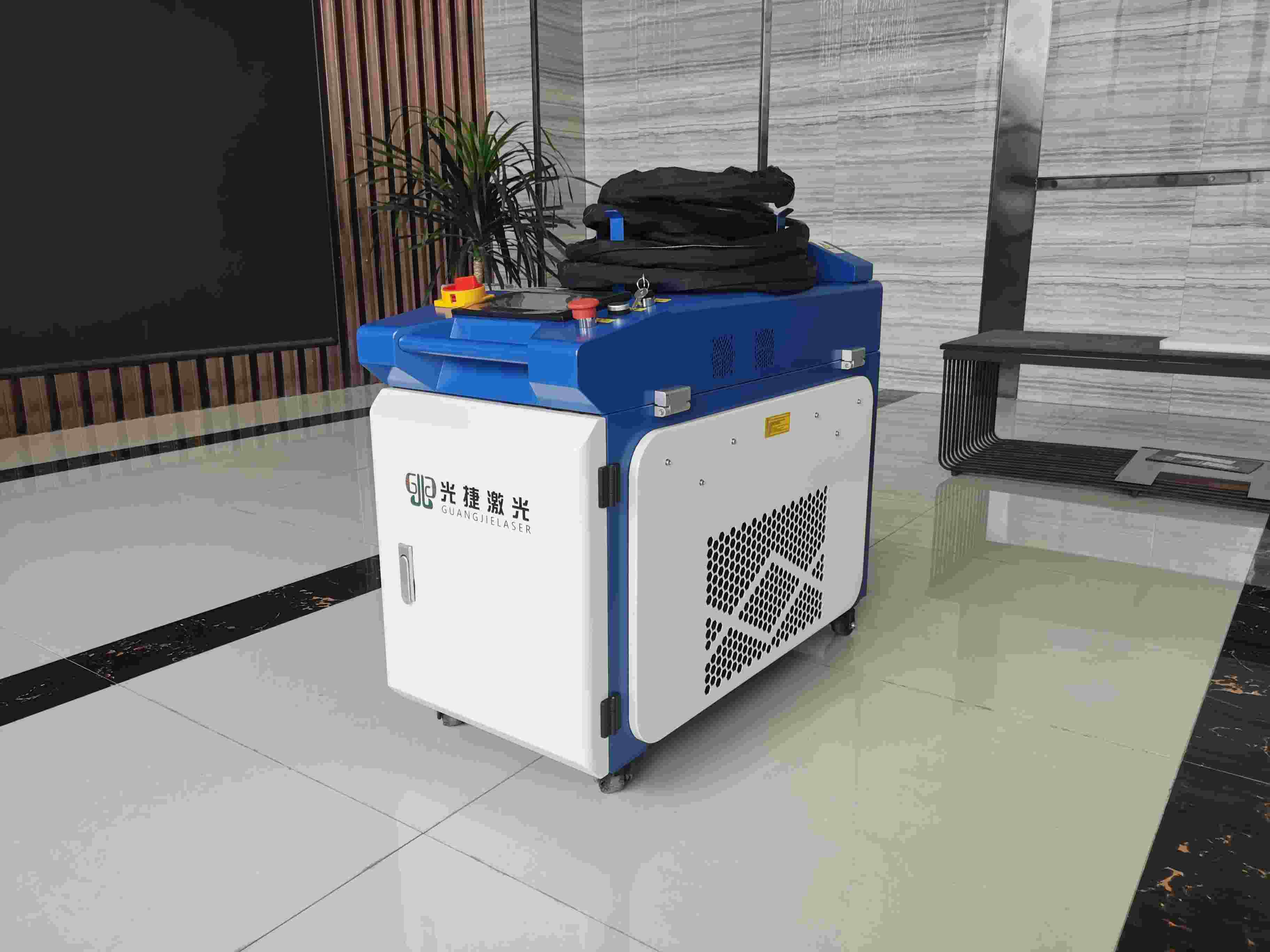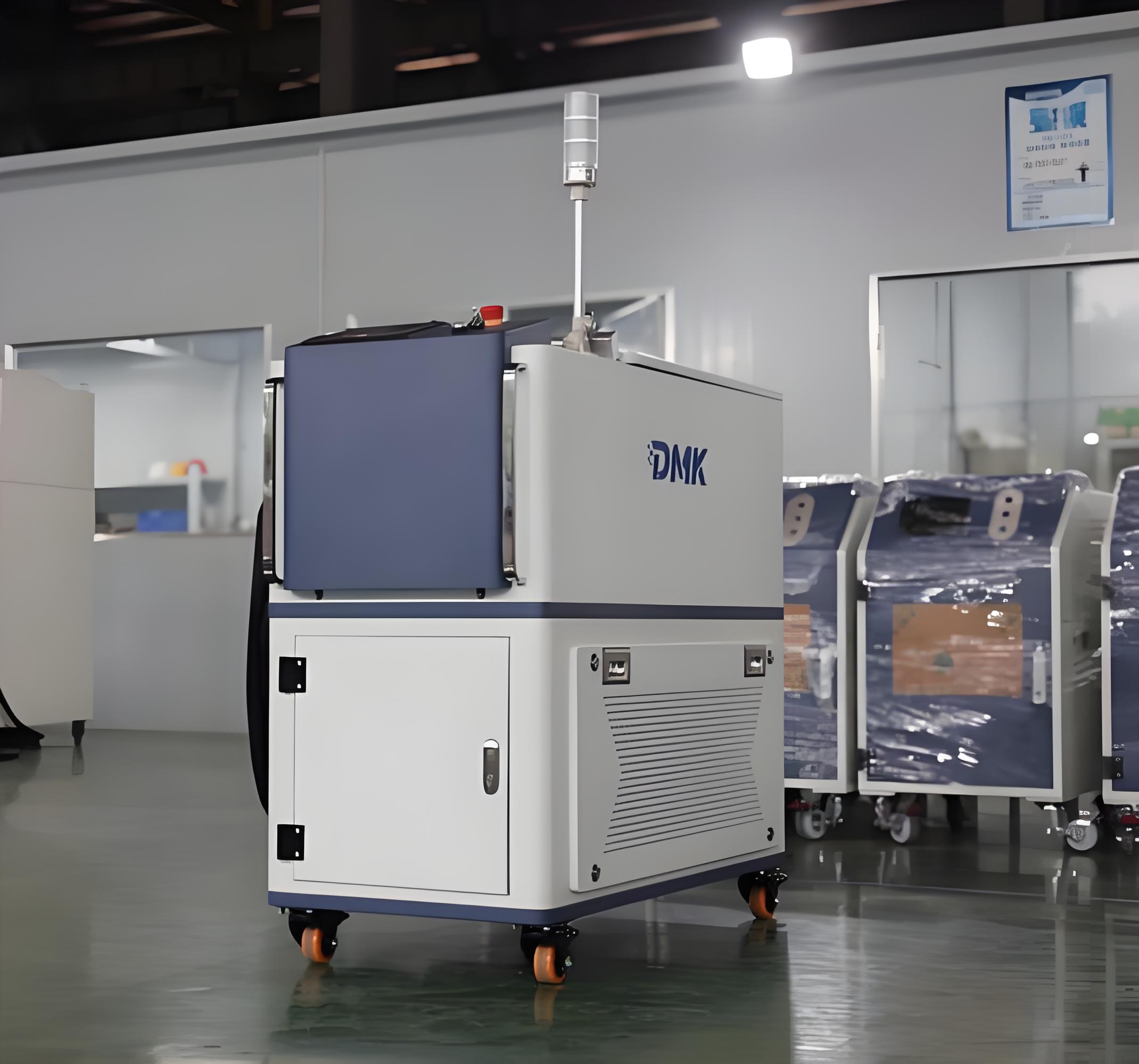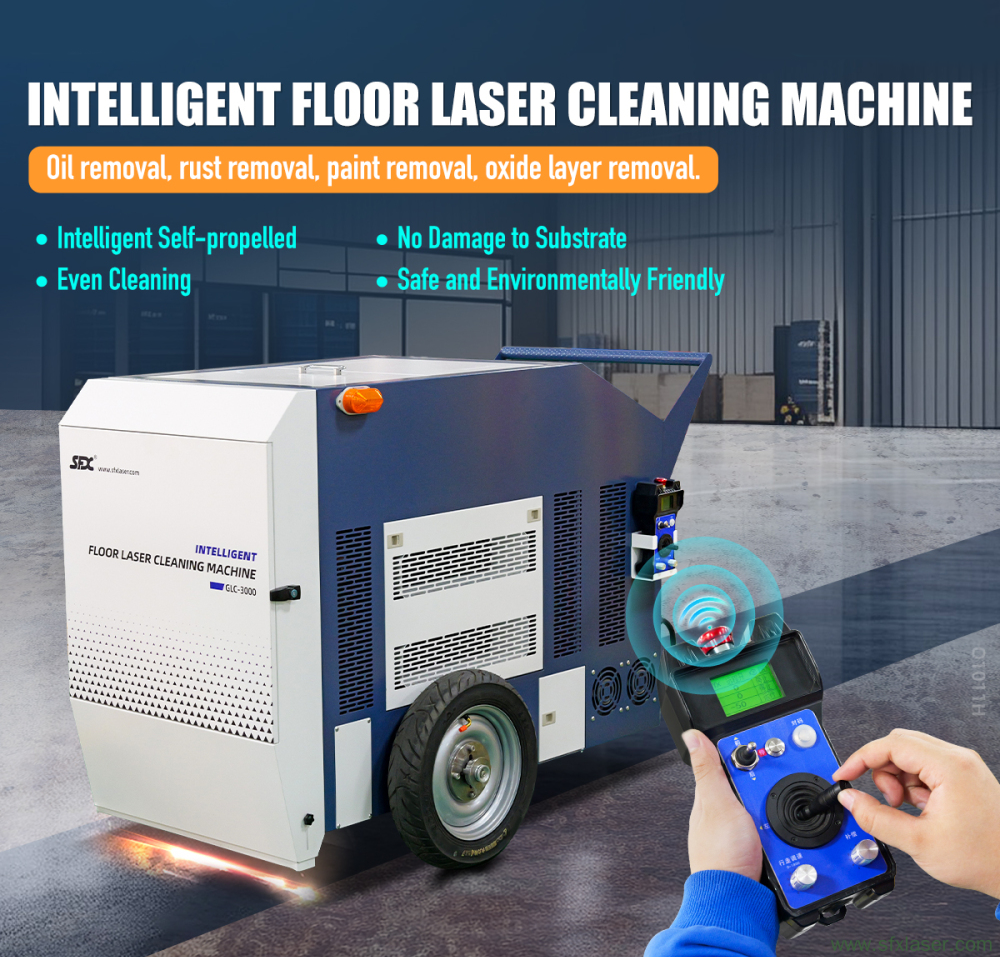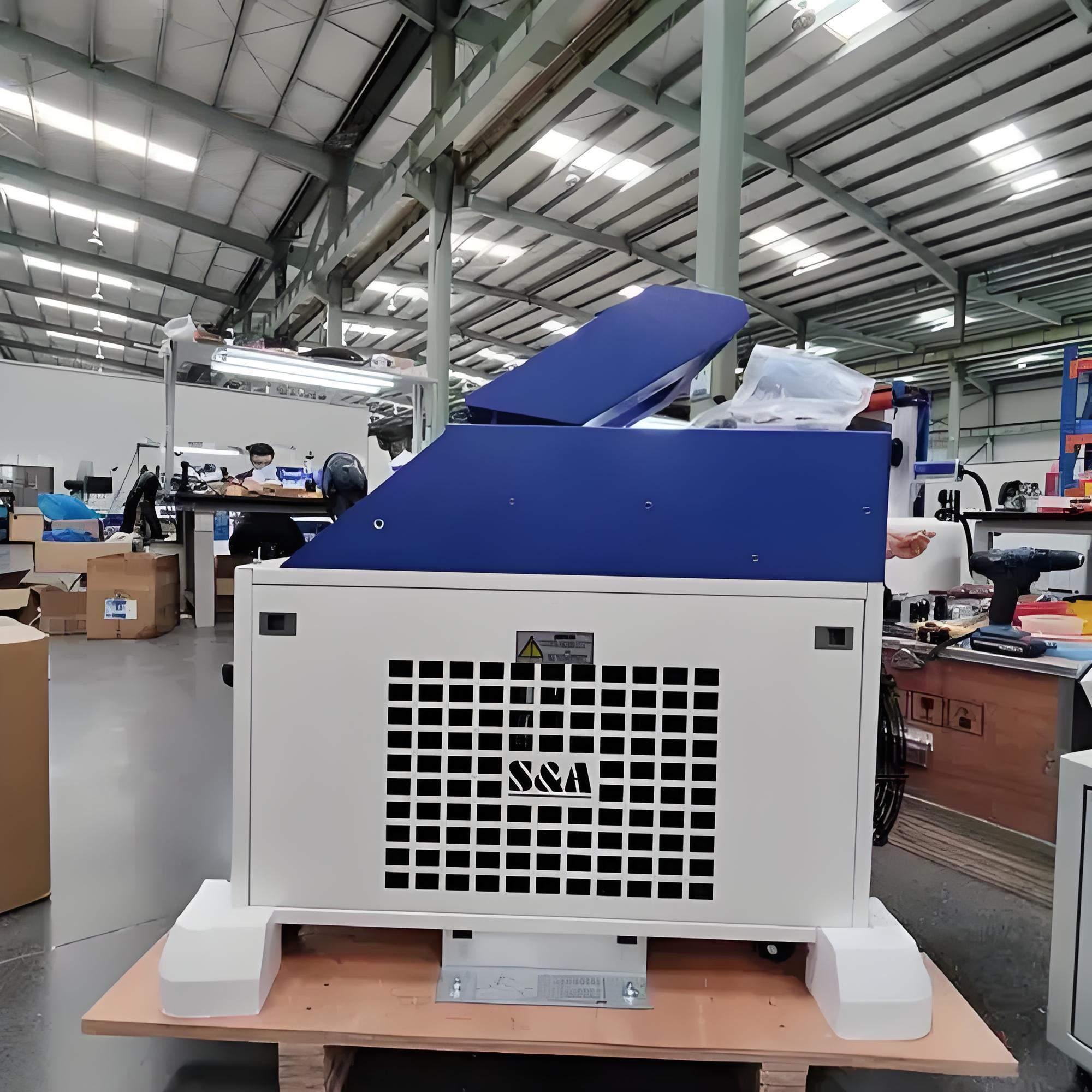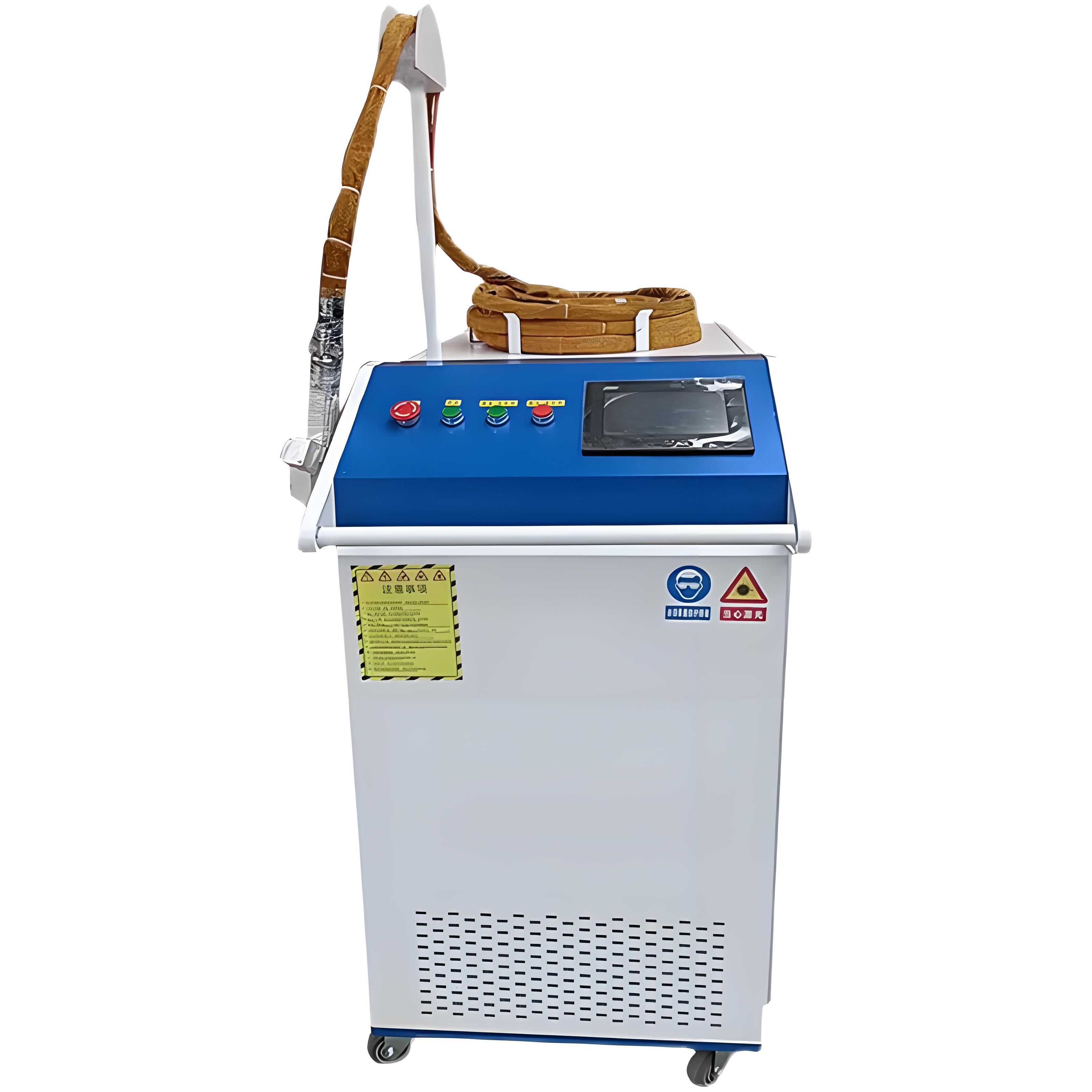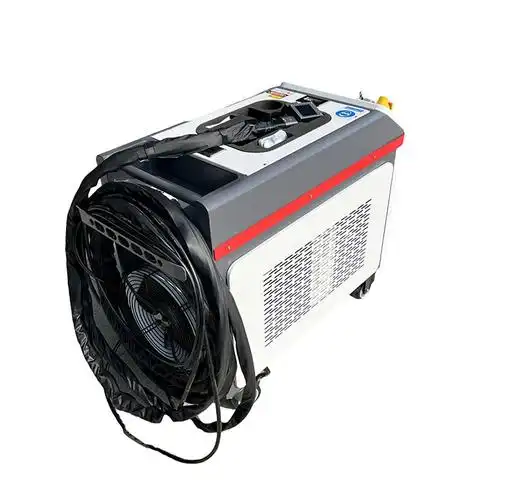Laser cleaning is a method that uses lasers of different wavelengths to react with various materials, removing contaminants while protecting the substrate material from damage.
The basic process of laser cleaning is as follows:
1. Identify the contaminant and the substrate material.
2. Select an appropriate laser type. Lasers currently used for cleaning include 1064nm fiber lasers, 10600nm CO2 lasers, and 355nm excimer lasers.
3. Determine optimal cleaning parameters through extensive testing.
4. Begin the cleaning operation.
Paint removal is a highly demanded process, and laser paint removal is poised to become the most cost-effective, efficient, and environmentally friendly method. As laser equipment costs continue to decrease, laser paint removal is gradually entering factory workshops. From a scientific perspective, let’s analyze the principle of laser paint removal. For example, in aircraft paint removal, the contaminant is the paint layer, the substrate is aluminum alloy, and the goal is to remove the paint without damaging the aluminum alloy. We need to select a laser with high absorption by paint but low absorption by metal. CO2 lasers meet this requirement.

Although non-metallic materials have high absorption of CO2 lasers, metals also have some absorption. If the CO2 laser’s energy is too high, it can still damage the underlying metal. Thus, determining the cleaning threshold and damage threshold is critical. The cleaning threshold is the laser energy density at which paint is just removed, while the damage threshold is the energy density at which the substrate metal begins to melt. Laser energy density depends mainly on laser power and scanning speed. Simply put, higher power increases energy density, while faster scanning reduces it. By balancing laser power and scanning speed, the energy density can be adjusted. The cleaning and damage thresholds are difficult to calculate theoretically but can be determined through repeated experiments. If the energy density is below the cleaning threshold, no matter how long or how many times the laser scans, the paint won’t be removed. If it exceeds the damage threshold, the paint is removed, but the substrate metal is damaged. The optimal energy density lies within a narrow range, and the quality of laser cleaning heavily depends on this value, which requires multiple experiments to determine.
Once the appropriate laser and parameters are selected, cleaning can begin. What is the principle of laser paint removal? Different materials react to different lasers. Paint, a non-metallic material, has a very high absorption rate for 10600nm CO2 lasers. When paint absorbs laser energy, it rapidly heats up beyond its vaporization point, instantly turning into vapor and disappearing, achieving the goal of paint removal.
Why isn’t CO2 laser paint removal widely used in practice? Many use fiber lasers instead. While fiber lasers can remove paint, their efficiency is low, and they easily damage the substrate metal. For aircraft, the aluminum alloy substrate has a high absorption rate for fiber lasers, while paint has a lower absorption rate, leading to the low efficiency of fiber laser paint removal. Currently, fiber lasers are the most cost-effective option due to their high power, long lifespan, low cost, and ability to transmit laser through flexible fiber optic cables, making them highly versatile. CO2 lasers, however, cannot be transmitted through flexible fiber optics and require light guide arms or mirrors with galvanometers, limiting their application. No mature CO2 laser paint removal equipment exists, making fiber lasers a compromise choice despite not being optimal. Can excimer lasers remove paint? Our tests show they can, but excimer lasers are far more expensive, making their paint removal costs much higher than CO2 or fiber lasers.
Laser paint removal equipment is not complex. Once the basic principles are understood, a machine can be assembled, consisting of a laser, a laser control system, a light guide system, and a galvanometer. China already has all the components needed for laser paint removal equipment. For small areas or movable products, paint removal is straightforward. For immovable objects like aircraft or ships, it’s slightly more complex, but with increasing research in laser paint removal, mature equipment is expected to enter the market soon.

